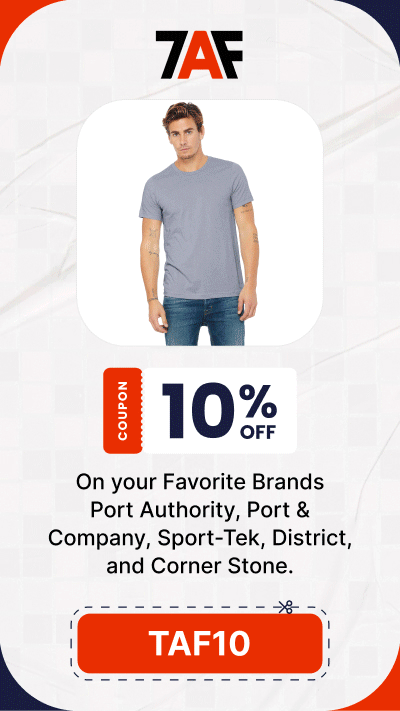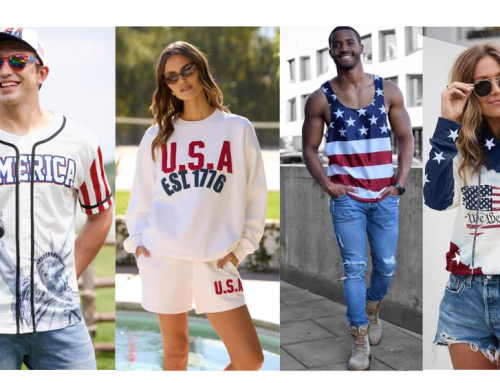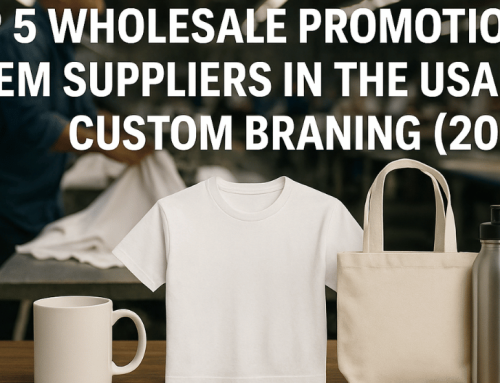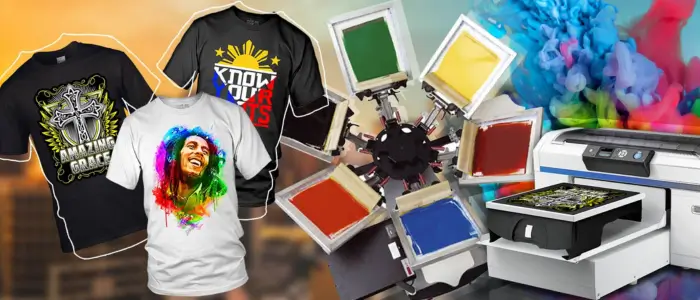
What is DTF printing? DTF printing, or direct-to-film, short for direct-to-film printing, was introduced to the textile industry as a revolutionary method for transferring designs onto fabric. This innovative technique, Invented in the early 2000s, involves printing designs onto a particular film, which is then applied to various materials, including cotton, polyester, denim, silk, leather, and nylon, using heat and pressure.
This printing method has significantly impacted the textile industry by offering a versatile and efficient way to create vibrant and durable prints. It allows for producing high-quality designs that exhibit vivid colors and a soft texture, suitable for a wide range of applications from personalized garments like t-shirts and hoodies to promotional items such as bags, hats, and banners.
The market for direct-to-film printing was valued at around $2.56 billion in 2023 and is expected to increase to about $2.72 billion in 2025. It is anticipated to reach approximately $3.99 billion by 2030, showing an annual growth rate of 6.50%. This growth underscores its increasing adoption and importance within the industry, particularly for small businesses seeking cost-effective solutions for custom designs without significant inventory commitments.
What is DTF Printing Used For?
Direct Film (DTF) printing is becoming very popular in the printing world because of its versatility and growing popularity. This modern technique creates high-quality, vibrant prints on many fabrics and surfaces.
It has quickly become a favorite for both designers and business owners. One of the most significant advantages of DTF printing is that it doesn’t require the fabric to be pre-treated before printing, which saves time and effort. DTF printing can be used on various materials, making it versatile. Let’s explore the main ways this printing method is used today.
What is the Usage of DTF in Apparel Customization?
DTF printing is genuinely changing the game for apparel customization. If you want to create unique t-shirts, full zip hoodies, or haeadwear, DTF printing is the way to go. This technique ensures that your prints are crisp, detailed, and vibrant, helping your designs to stand out.
For fashion brands, DTF printing is perfect for producing limited edition items that require high quality and attention to detail. Individuals who want to personalize their clothing will also find DTF printing an excellent choice. The ability to print on different fabrics without compromising quality makes it a top pick for many designers and fashion enthusiasts. With DTF printing, you can quickly bring your creative ideas to life on fabric, creating unique and personalized clothing.
- Promotional Products
- Personalized Gifts
- Small Business Applications
- Fashion and Retail
1. DTF Useage for Promotional Products
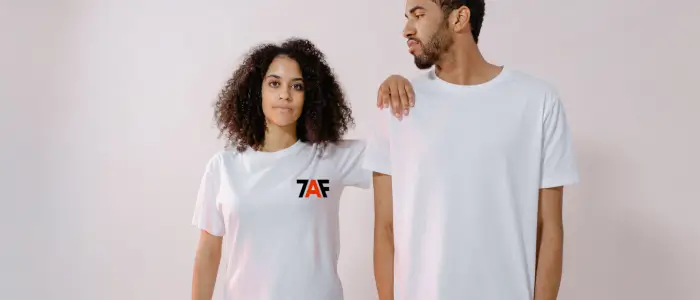
Businesses are always looking for effective ways to promote their brand, and promotional products are a great way to do that. DTF printing makes it easy to customize items like bags, workwear, and puffer jackets with your company’s logo or message. This method allows businesses to create eye-catching merchandise that promotes the brand and serves as helpful customer items.
The durability of DTF prints means that these promotional items will stay vibrant and intact even after repeated use. DTF printing is an excellent choice for creating promotional products that leave a lasting impression. Companies can use these custom items to enhance their marketing efforts, increase brand recognition, and engage with their audience meaningfully.
2. Personalized Gifts
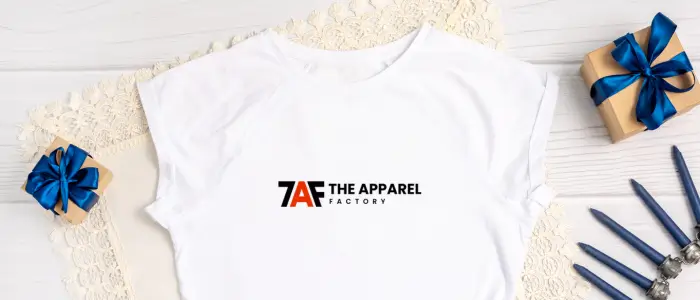
Regarding personalized gifts, DTF printing opens up a world of possibilities. Whether you’re looking to create custom-printed blankets like BP43 Flannel Sherpa Blanket, cushions, mugs, or phone cases, DTF printing allows you to produce detailed, full-color prints that make any gift unique.
Personalized gifts made with DTF printing are perfect for birthdays, anniversaries, mothers day gifts, fathers day gifts and other special occasions. They add a personal touch that shows you’ve put thought and effort into the gift. The ability to create one-of-a-kind items that reflect the recipient’s personality and interests makes DTF printing a popular choice for personalized gifts. This technique allows you to turn any idea into a memorable gift that will be cherished for years.
3. Small Business Applications
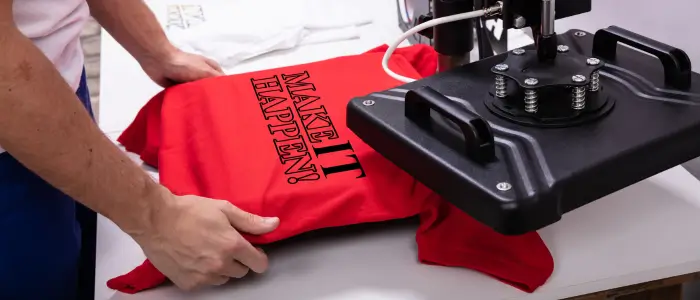
For small businesses, DTF printing offers a cost-effective solution for producing high-quality, custom products without large production runs. This flexibility is particularly beneficial for startups and small enterprises that need to manage their inventory efficiently. With DTF printing, small businesses can create custom merchandise, promotional items, and personalized gifts in small quantities, offering a diverse range of products with minimal upfront investment.
It helps small businesses cater to their customer’s needs and quickly respond to changing market trends. The ability to produce high-quality prints on various materials allows small businesses to experiment with different products and designs, helping them stand out in a competitive market.
4. Fashion and Retail
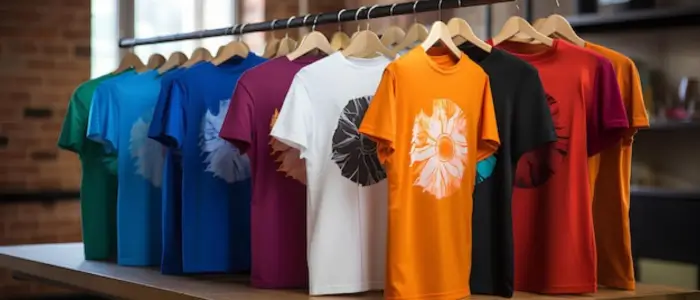
In the fashion and retail sector, DTF printing transforms how designs are brought to life. Brands can experiment with new styles and prints without being constrained by traditional printing methods. It means faster turnaround times and the ability to respond to market trends quickly. Retailers can offer more personalized products to their customers, enhancing the shopping experience and meeting the demand for unique, custom items.
DTF printing allows fashion brands to produce high-quality garments with detailed and vibrant prints, making creating unique collections that attract customers easier. The versatility of DTF printing also means that retailers can offer a wide range of products, from custom clothing to accessories, all with the same high quality and detail.
What is the Process of DTF Printing?
First, you print your design onto a film using a DTF printer and ink. This film is designed specifically for DTF printing and plays an important role.
After the design is printed on the apparel, it’s time to add a special touch of melt powder. This powder is spread on the printed design and then heated with a press, which ensures that the powder sticks well to the design.
Now comes the exciting part – transferring the design onto the fabric. We place the film with the printed and powdered design onto your chosen fabric. Then, we use heat and pressure to make the design transfer smoothly onto the material.
The final step is to peel off the film. You’ll reveal a vibrant and durable print on your fabric as you carefully remove it. It’s like magic, seeing your design come to life with crisp and vivid colors.
That’s the beauty of DTF printing. It’s a process that delivers exceptional results. You can create professional-looking prints on various fabrics with the right equipment and practice. So, whether you’re printing t-shirts in bulk, bags, or any other textile item, DTF printing is a fantastic option.
Also, DTF printing uses special equipment to create unique designs on fabric. You’ll need a DTF printer and special ink made for DTF applications. This ink sticks well to the film and the fabric, giving you bright colors and long-lasting results.
Once your design is printed on the DTF film, add hot melt powder to help the ink stick to the fabric. Then, you transfer the design from the film to the fabric using a heat press. The heat press ensures the ink and powder stick firmly to the fabric.
After the transfer, let the fabric cool and carefully peel off the DTF film. Your design will be on the fabric with vibrant colors and a strong finish. DTF printing is excellent for making high-quality prints on different textiles, and it is perfect for custom clothing, bags, and other textile items with detailed designs.
What Material is Used in DTF Printing?
DTF (direct-to-film) printing uses specialized materials to create high-quality prints on cotton, polyester, denim, silk, leather, and nylon. For cotton, the fabric’s natural absorbency helps it get vivid colors. The process involves printing the design on a film and then transferring it onto the cotton using a heat press. Polyester requires special inks that can bond well with its synthetic fibers. A base layer is applied first, allowing the ink to stick during the transfer, resulting in vibrant and durable prints.
Denim is also compatible with DTF printing, particularly for custom designs on jeans and jackets. Here, an adhesive layer is applied to the denim, transferring the design with heat. Silk, known for its smooth texture, needs gentle handling. DTF printing uses specific inks and films to keep the fabric’s soft feel intact while delivering vibrant colors.
Leather requires specialized films and inks to ensure the print adheres without altering its texture. Nylon, being synthetic, needs inks and films that stick well to its fibers, ensuring the prints are durable and stretch-resistant. Each material requires careful preparation to achieve the best results, ensuring the prints are vibrant, durable, and suitable for various clothing and accessories.
What Kind of Inks, Quality and Color Range Are Used for DTF?
Here’s an overview of the types of inks, their quality, and the wide color range available for vibrant and durable prints in direct-to-film printing.
- Types of Inks
- Ink Quality
- Color Range
1. Types of Inks
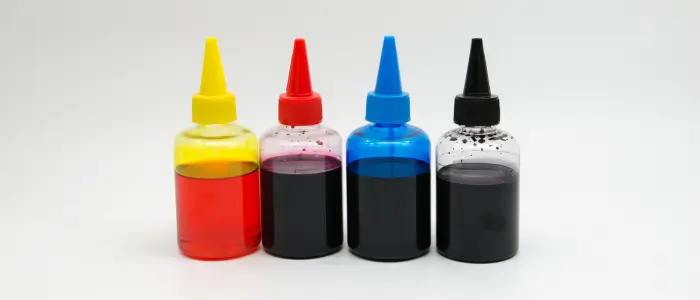
DTF (Direct-to-Film) printing uses special pigment inks known for their bright colors and long-lasting quality. These inks are designed to stick well to the transfer film and the fabric.
This ensures the print is vivid, colorful, durable, and high-quality. The pigment inks create a strong bond with the materials, making the design resistant to fading and wear, even after multiple washes. This makes DTF printing an excellent choice for creating vibrant, long-lasting designs on clothing and other fabric items.
2. Ink Quality
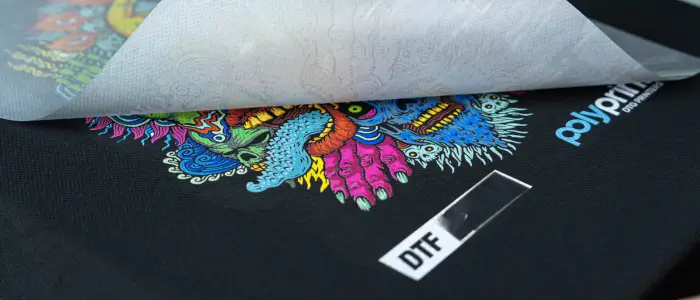
The ink quality used in DTF printing is crucial for achieving the best results. High-quality inks ensure the prints are vibrant, durable, and resistant to fading or cracking. Using lower-quality inks can result in poor adhesion and less vibrant colors.
3. Color Range
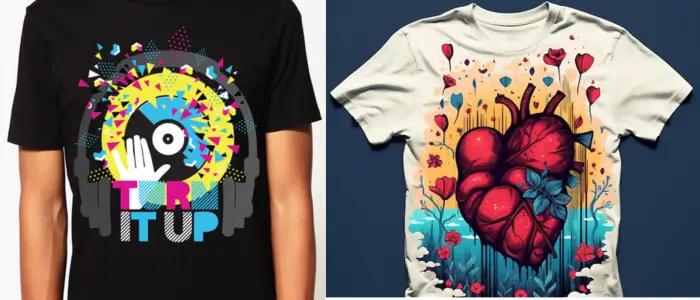
DTF inks offer a wide color range, allowing for detailed and colorful designs. This makes producing prints with high detail and color accuracy possible, which is especially important for intricate designs and photographs.
What are the Advantages of DTF Printing?
The following are the critical advantages of DTF printing:
- Versatility
- Durability
- Color Vibrancy
1. Versatility
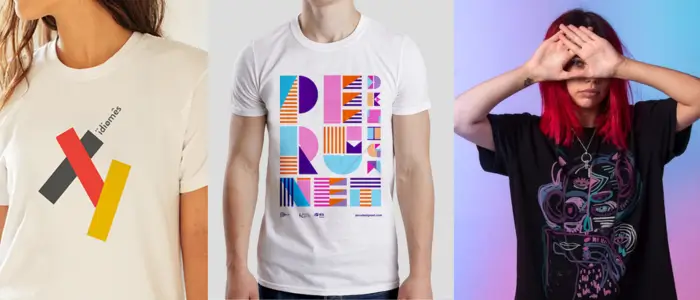
One of the main advantages of DTF printing is its versatility. It can print on many fabrics and materials, making it suitable for various applications, from fashion to promotional products.
2. Durability
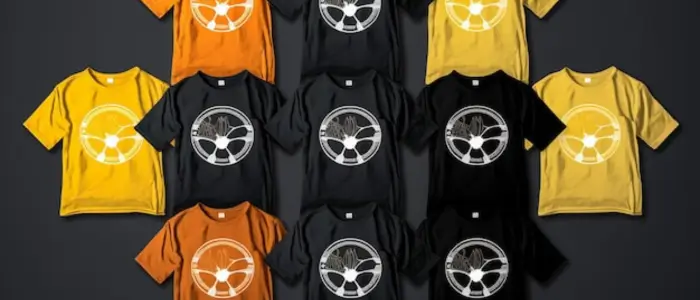
DTF prints are highly durable, withstanding multiple washes without fading or cracking. It makes them ideal for garments that will be worn and washed frequently.
3. Color Vibrancy
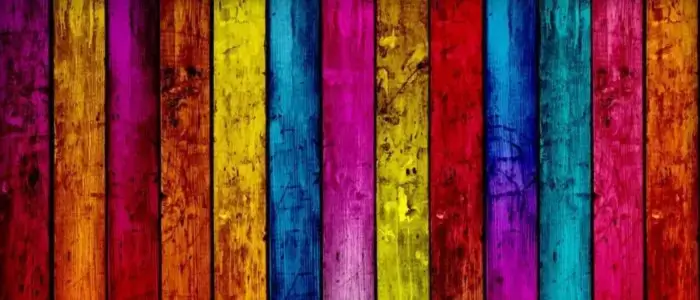
The color vibrancy of DTF prints is another significant advantage. The prints are bright and vibrant, with high detail and accuracy. It is especially important for designs that require a wide range of colors and intricate details.
Comparison with Other Printing Methods
Below, you will explore comparisons and details regarding Comparison with Other Printing Methods like embroidery vs screen printing.
DTF vs. Screen Printing
The following table demonstrates the comparison between DTF and screen printing:
| Aspect | DTF Printing | Screen Printing |
| Setup Cost | Lower | Higher due to screen preparation |
| Print Quality | High, especially for detailed designs | High for bulk, less ideal for fine details |
| Material Compatibility | Versatile (various fabrics) | Best for cotton and polyester |
| Production Speed | Faster for small batches | Faster for large batches |
| Environmental Impact | Lower due to less waste | Higher due to chemicals and screens |
DTF vs. DTG Printing
Below are the key differences between DTF printing and DTG printing:
| Aspect | DTF Printing | DTG Printing |
| Setup Cost | Lower | Higher due to specialized printers |
| Print Quality | High | Exceptionally high for detailed designs |
| Material Compatibility | More versatile (various fabrics) | Primarily cotton |
| Production Speed | Moderate | Slower |
| Durability | High | High |
DTF vs. Sublimation
Below is mention the differences between DTF and Sublimation:
| Aspect | DTF Printing | Sublimation |
| Material Compatibility | Very versatile (various fabrics) | Limited to polyester and coated surfaces |
| Print Quality | High | High, especially for polyester |
| Color Range | Wide | Wide |
| Durability | High | High |
| Setup Cost | Lower | Moderate |
How to Prepare an Art File for Printing?
Here is the preparation process for art file printing:
- Design Tips
- Software Recommendations
- File Formats
1. Design Tips
When preparing an art file for DTF (direct-to-film) printing, focus on high-resolution images to ensure the best print quality. Aim for a resolution of at least 300 DPI (dots per inch) to maintain clarity and detail. Use vector graphics whenever possible, as they are scalable without losing quality.
Please pay attention to the color profile and ensure it matches the printer’s requirements, typically RGB (Red, Green, Blue) or CMYK (cyan, magenta, yellow, and black). Consider adding bleed areas to prevent white edges on the final print, and keep your design within the safe print area to avoid any critical elements being cut off.
2. Software Recommendations
The right software is essential for creating and preparing your DTF (direct to film printing) printing designs. Adobe Illustrator and CorelDRAW are excellent for vector graphics and detailed illustrations. Due to its extensive tools and features, Adobe Photoshop is a top choice for photo editing and raster graphics.
Affinity Designer and Affinity Photo are also great alternatives, offering robust capabilities at a lower cost. These programs provide the flexibility and precision needed to create high-quality designs, manage layers, and ensure your files are correctly formatted for printing.
3. File Formats
Selecting the appropriate file format is vital to ensuring your design prints correctly. PNG files are preferred to support transparent backgrounds, which is essential for DTF printing. JPEG files are also commonly used, but ensure they are high-resolution to avoid pixelation.
TIFF files are excellent for preserving image quality and details. PDF and SVG formats are ideal for vector graphics as they maintain scalability and clarity. Always check with your printer for specific format preferences and ensure your files are saved at the highest quality settings to avoid any loss of detail.
What is the Cost of DTF Printing?
The initial investment required for DTF (direct-to-film) printing, a method gaining traction in textile printing, proves notably affordable compared to other methods in the industry. DTF printers, specifically designed for DTF process, are essential. Depending on size and capabilities, these printers vary widely in cost, from a few hundred to several thousand dollars.
A heat press is essential for transferring the printed design onto fabric, ensuring ink adhesion, while a curing unit completes the process effectively. Essential consumables include transfer films and hot melt powder. Despite initial costs, they’re generally lower than traditional screen printing setups.
Operational costs post-initial investment are manageable. Critical recurring expenses include ink, transfer films, and hot melt powder. High-quality pigment inks are crucial for vibrant, durable prints, albeit pricier. Transfer films and hot melt powder, necessary per print, prove affordable in bulk. Equipment maintenance, like print head replacements, remains necessary but less than for screen printing, which requires frequent screen changes and ink alterations.
DTF printing’s cost-effectiveness is evidenced by its competitive cost per print, notably for small to medium runs. Screen preparation absence minimizes setup and material expenses, making it ideal for custom and on-demand printing.
Cost efficiency varies with design complexity, fabric type, and ink use. DTF’s material efficiency and minimal waste typically ensure lower per-print costs than traditional methods. DTF printing is thus ideal for firms seeking cost-effective, high-quality custom designs in textiles.
How Does an Apparel Factory Save Your Time and Money in DTF Printing?
At The Apparel Factory (TAF), we understand that time is money, especially in the fast-paced fashion and custom apparel world. By partnering with us for your DTF printing needs, you can significantly reduce the time it takes to get your designs from concept to finished product.
Our state-of-the-art equipment and streamlined processes ensure that your orders are completed quickly and efficiently. Whether you need a small batch of wholesale custom t-shirts or a large run of promotional items, our experienced team can handle it all, freeing you up to focus on other essential aspects of your business.
TAF is committed to providing high-quality work at competitive prices. One way we achieve this is through bulk purchasing. By buying inks, transfer films, and other materials in large quantities, we can secure lower prices and pass those savings on to you.
Our efficient production processes reduce waste and maximize the use of materials, further lowering costs. Unlike traditional screen printing, which requires costly setup and preparation, DTF printing with TAF is more cost-effective, especially for smaller runs and intricate designs.
Providing quality work can come with a reasonable price tag. At TAF, we use the latest DTF printers and high-quality inks to ensure that every print is vibrant, durable, and precise. Our skilled technicians oversee every printing process step, from preparing the design files to the final heat transfer, ensuring that each piece meets our high standards. By leveraging our expertise and advanced technology, we can offer exceptional prints at prices that will stay within the budget.
What is DTF Printing (Direct to Film Printing) – FAQs
What is the future of DTF printing?
DTF printing’s future appears promising, with ongoing technological advancements enhancing its versatility and cost-effectiveness in textile printing. Innovations in ink formulations and print resolutions are expected to propel its adoption for on-demand and custom textile printing applications.
Is DTF better than sublimation?
Whether DTF printing surpasses sublimation depends on specific project requirements. DTF offers vibrant color reproduction and compatibility with a broader fabric range, while sublimation excels in durability, particularly on polyester, and seamless designs without a discernible hand feel.
How long does DTF printing last?
DTF print longevity varies based on material quality, printing process, and care. Generally, DTF prints can maintain vibrancy and sharpness for years with high-quality inks and proper curing.
Can DTF printing be used on any fabric?
DTF printing suits various fabrics, including cotton, polyester, blends, and dark colors, though optimal results may require pretreatment or testing, especially on specialty fabrics.
Can DTF printing be used for large-scale production?
DTF printing accommodates large-scale production due to its versatility, speed, and cost-efficiency. Technology advancements, such as multi-head printers and automation, make it viable for high-volume runs, offering quick customization and on-demand capabilities.
Conclusion
DTF printing, also known as direct-to-film printing, is a game-changer in the textile industry. This method allows businesses to create colorful and long-lasting prints on materials like cotton, polyester, denim, silk, leather, and nylon. It’s gaining popularity because it’s versatile and efficient and doesn’t require a lot of pretreatment. As technology advances, DTF printing is set to revolutionize textile printing, offering more creativity and customization options. So, businesses need to understand DTF printing and how it can help them stay competitive in the textile printing market.
Published on:
June 28, 2024


